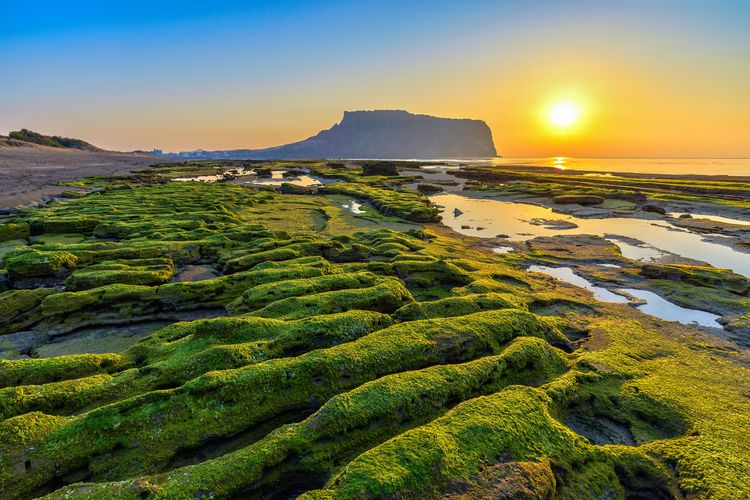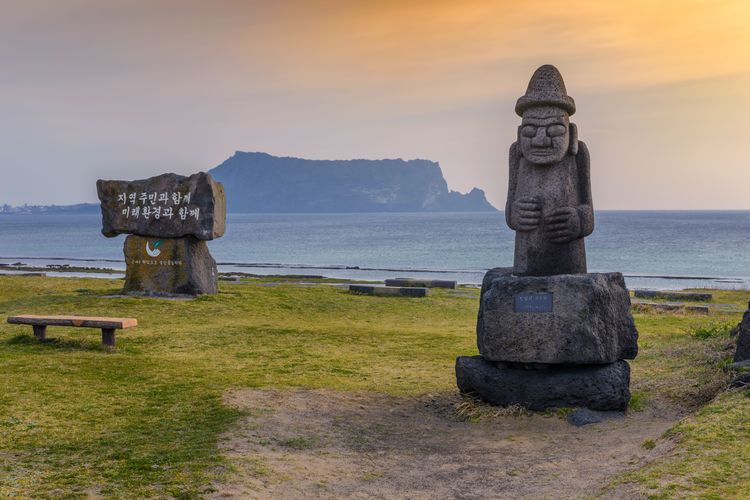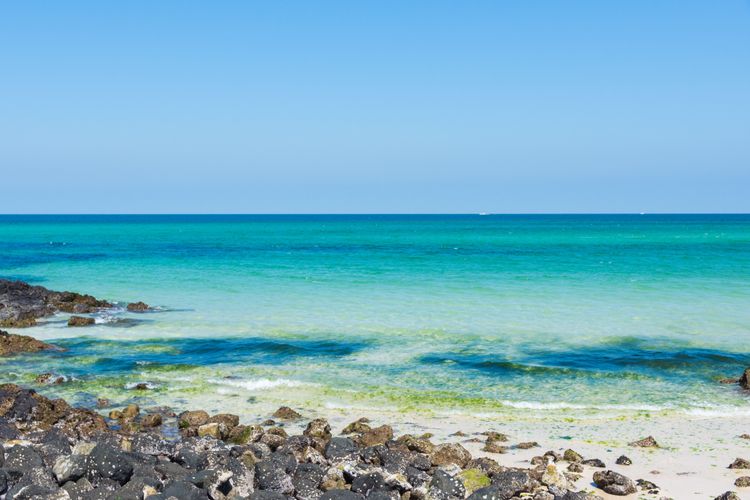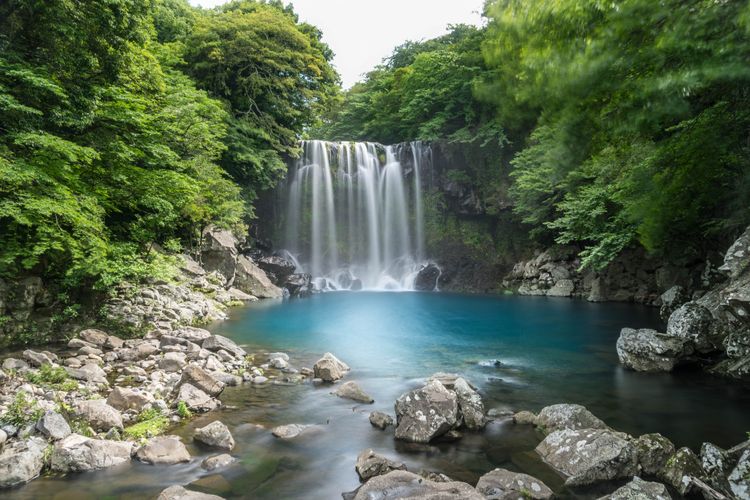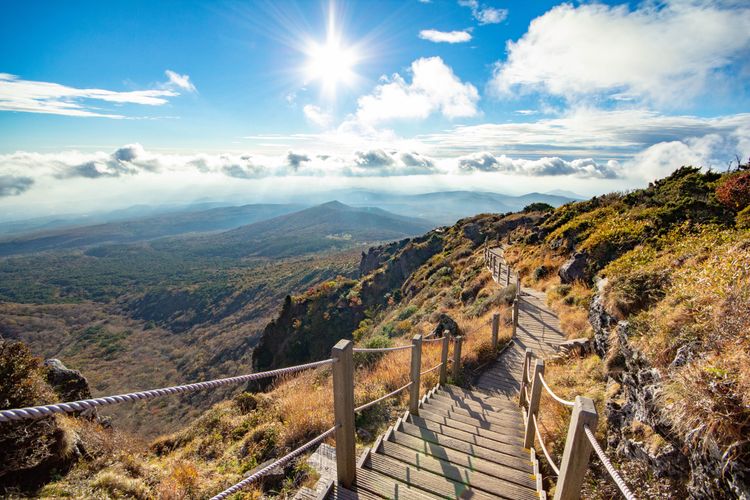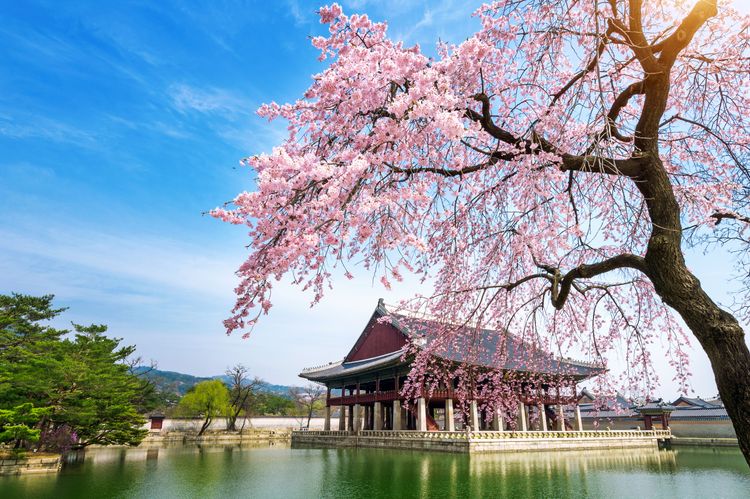Jeju Island, in north-east Asia, is an impressive land dotted with natural wonders and is the ultimate getaway for a taste of Korean paradise. This volcanic landmass, known locally as Jeju-do, has long attracted crowds of locals and tourists alike. It is reputed to be an ideal haven for Korean newlyweds.
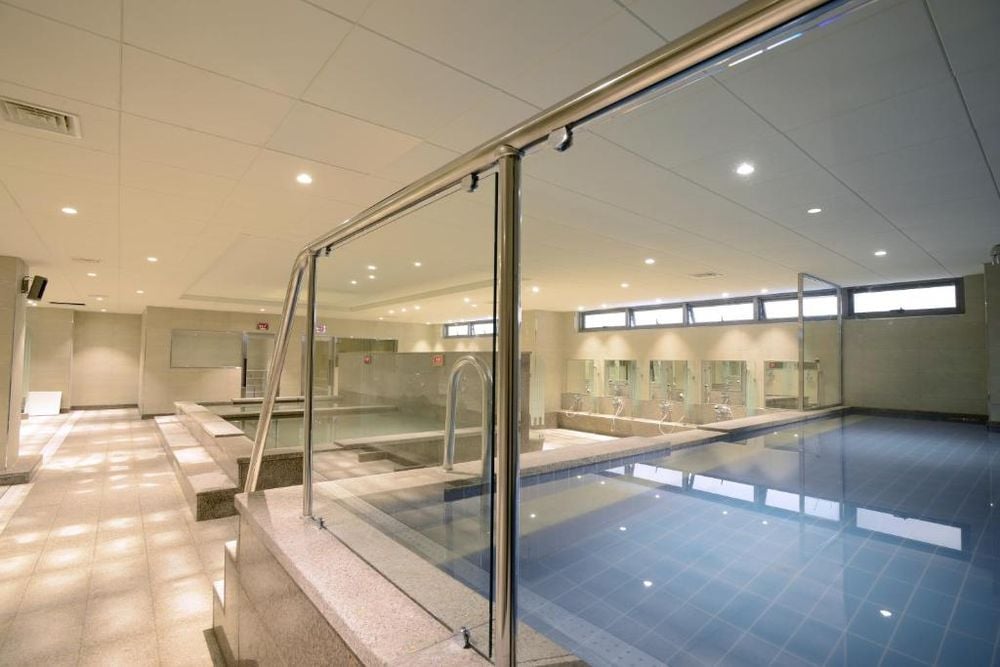 South Korea
South Korea

